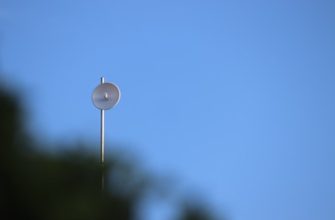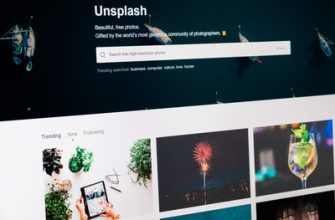A well-crafted SEO landing page can make or break your success on search engines. The right combination of keyword, Title tag, Meta description, and social signals will help your site achieve top rankings.
Title tag
A well-written SEO landing page title tag can help drive more traffic to your site. In addition, it can increase your search engine ranking. Your title tag should include the keywords that are most important to your site. In order to achieve optimal results, it is also necessary to structure your content so that search engines can index it properly.
The main reason why search engines use the title of a page is to tell the user what the page is about. It provides an overview of the content on the page and helps users determine if the page is relevant. The title tag is usually a separate line of text that appears in the browser window, above the meta description.

The meta description is a short paragraph of text that is provided for search engine results pages. It summarizes the landing page and drives clicks. It must be between 150 and 160 characters. The first 30-60 characters are critical for getting a good result.
Meta description
When optimizing your SEO landing page, it’s important to understand that the meta description is only one part of the equation. The content on your landing page is the other half. Your content needs to be structured in a way that helps search engines index and categorize it properly.
The meta description is an introductory snippet that informs the user about the content of your page. This snippet appears below your URL on the search engine results page. It can be a short and punchy piece of copy that informs the user of what they can expect when they click through.
Providing users with a compelling and well-written description can boost your search traffic. It’s a bit like writing an invitation to your site. It must be succinct, but also enticing.
H1 heading
A well-placed and strategically designed H1 heading on SEO landing page can help you get more organic traffic and boost your ranking in search engines. But it’s important to remember that this is just one element. You can also improve your site’s performance in search by creating a unique and informative H2 tag and making sure your headers are not overstuffed with keywords.
The H1 heading tag is the first on-page SEO element that you should pay attention to. This is because it helps you set the tone for the entire article and it gives users a glimpse of what to expect. You can also use it to inform and entice users to stay on your website, which will increase the chance of conversions.
A good H1 is easy to read and will help you convey your message in an overt and informative way. It should not be overly long and should also provide you with a glimpse of what to expect in the following pages.
Redirect customers to a thank-you page
A thank-you page is a great way to increase engagement and conversions. Using a well-designed one will ensure you make the most of your valuable traffic and get them engaged in ways that won’t leave them feeling like they’ve wasted their time.
You can use a thank-you page as part of your PPC campaign, to send users to your Facebook page, or to your own website. In fact, they’re also a good place to earn a commission from affiliate marketers, without the need for extra effort.
A thank-you page is a good way to increase engagement and to show gratitude for visitors who opt-in to your mailing list. You can do this by including a nice CTA on the page. But, if you don’t have a page of your own, you can redirect customers to one by using a WordPress plugin.
Social signals
Optimising your social media channels is a good first step in promoting your brand. It will increase your brand’s visibility and give you increased conversion rates. However, it is important to ensure that your content is of good quality and that you are monitoring your social media presence.
The use of social networks in marketing has been around for a long time. In the past, marketers used small instant messaging services to promote products and services. Today, these platforms are gaining traction. Large social networks are more powerful and have many features. They also have robust search functionalities.
Social signals are one of the factors Google takes into account when assigning a website’s value. It is important to keep in mind that links are still the most significant ranking factor. The most effective social media strategy will also include onsite and offsite optimization.








